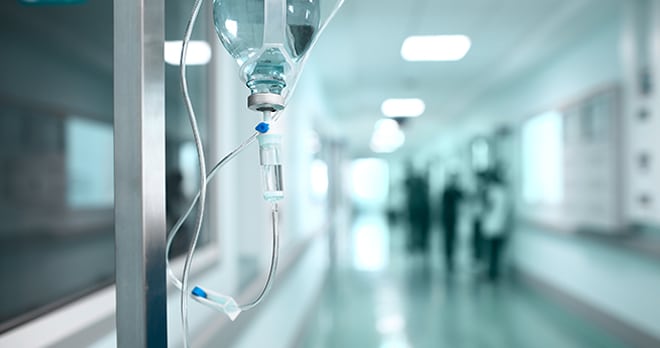Time to speak up for patient safety – is enough being done?

Patient safety is a serious global public health concern. The World Health Organisation (WHO) estimates that the risk of patient death occurring due to a preventable medical accident is 1 in 300. If you apply this to the UK, that’s over 220,000 people at risk of some kind of avoidable medical accident.
In high-income counties, as many as one in 10 patients is harmed whilst receiving hospital care. The harm can be caused by a range of adverse events, such as surgical complications, hospital infections, inaccurate or delayed diagnosis, prescription errors and the use of medicines. Nearly 50% of these adverse events are considered preventable.
On the first ever Word patient Safety Day on 17th September 2019, the WHO will launch a global campaign with the objective of raising global awareness about patient safety. The theme is “Patient safety: a global health priority”. The slogan for the campaign is “Speak up for patient safety”.
The campaign emphasises the importance of governments and policymakers prioritising patient safety. It encourages healthcare professionals to create an open and transparent patient safety culture, promote blame free reporting and learning from mistakes – something that a new strategy from NHS England hopes to address, but I’ll get on to that further on.
Where are the problems stemming from?
One fact specifically highlighted by the campaign, is that unsafe medication practices and medication errors harm millions of patients worldwide and cost around 42 billion US dollars every year. This represents almost 1 % of global expenditure on health. In my experience, medication errors can leave patients with severe and permanent complications such as kidney damage, hearing loss and even death. Sometimes patients are left unable to work due to the long term affects of the medication that they have been prescribed.
Other patient safety concerns raised by the campaign include harm in hospital care, such as blood clots, bed sores and infections; medical exposure to radiation from inappropriate of unskilled use of x-ray equipment and unsafe surgical procedures.
The claimant view
As a specialist clinical negligence solicitor, I welcome the campaign and agree that the government must take urgent measures to prioritise patient safety. All too often we see the same errors and, therefore, clinical negligence claims again and again; the results are life-changing injuries or even death. When things go wrong the NHS will often offer reassurances that “lessons have been learnt”. Whether this is actually the case is up for debate.
It is my view (and one held by many in my field and beyond) that, as well as improving outcomes for patients, investment in improving patient safety will also lead to significant financial savings for the NHS. Indeed, a recent patient safety strategy published by NHS England and NHS improvement “Safer Culture, Safer Systems, Safer Patients” found that 11,000 patients die in England and Wales each year as a result of patient safety failures, and estimated that patient safety failures add a cost of at least £1 billion to the NHS each year. Clearly this is money that could be better spent treating and caring for patients.
The future of patient safety initiatives, and whether they succeed, is as yet unknown. What is clear is that there is still lot of work to be done and that urgent investment is required to improve the safety of healthcare delivery for patients.